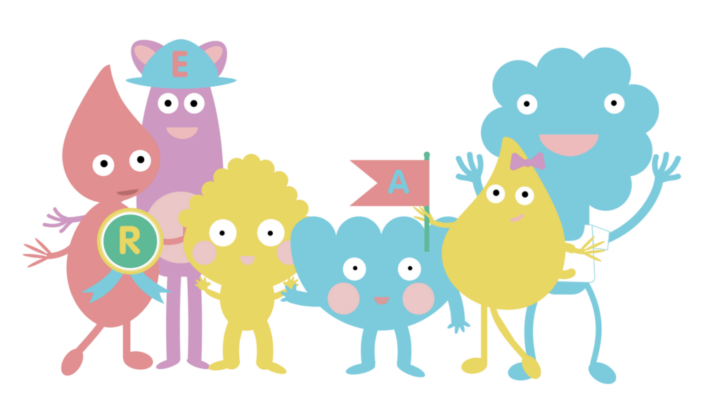Supporting our Children’s Mental Health and Wellbeing
At Coton Green Primary Academy Wellbeing is a school priority.
We believe that our children’s wellbeing is a key driver to them becoming successful learners. We recognise that sometimes life can be challenging for our children and their families and additional support may be needed. Therefore, we provide pastoral support to give our children the best possible chance of reaching their full potential and leading happy, healthy lives in which they thrive. We provide support to the whole family as we recognise this is a partnership and together we will ensure our children thrive.
Our team work to:
- Support and meet the individual needs of all children to ensure they have the tools to succeed.
- Support children’s social, mental, emotional and physical needs.
- Support and work alongside parents and carers for the good of the whole family.
- Prioritise those most in need of support but also ensure intervention for all who need some additional support.
- Provide appropriate support through working closely with outside/expert agencies where appropriate.
As part of the Arthur Terry Learning Partnership our aim is to ensure that all children experience equity, understanding, belonging, and love.
We have a 3 step tiered approach to support this area through:
- Quality First Social and Emotional Learning Curriculum for all- PSHE Curriculum (Please see ‘Curriculum Tab’ for further information)
- Targeted support – From our dedicated pastoral team – Mrs. Pegg- Pastoral Lead, Mrs. Eccles- Deputy Headteacher and Mental Health Lead.
- Wider Strategies– These strategies include guiding additional targeted support in school, referrals to other professionals and specialists, signposting to information and organisations that can provide parents and carers with guidance and support.
My Happy Mind

At Coton Green Primary School, we use My Happy Mind to help create a positive mental wellbeing culture in which children build resilience, self-esteem, and character. My Happy Mind uses the latest research, science, and technology to help children develop lifelong habits and learn to thrive.
My Happy Mind is taught across the whole school in weekly sessions, and consists of 5 units:
Meet Your Brain – Learning about how our brains work.
Celebrate – Understanding our character strengths and celebrating ourselves.
Appreciate – Developing gratitude as a habit.
Relate – Building positive relationships.
Engage – Engaging with the world.
Resources for Parents
Meet Your Brain
This term we have been learning more about our brain, learning how to look after our minds in order to be at our very best! Learn more here…
- Team HAP Snap.pdf
- Team HAP Snap printables.pdf
- Team HAP MEME.pdf
- Team HAP MEME printables.pdf
- Meet Your Brain Habits at Home.pdf
Happy Breathing
‘In a world full of doing, doing, doing
it is important to take time to just
breathe and just be.’
During the Autumn Term, the children learnt about what happens to our brains when we feel stressed, angry or overwhelmed. We found out about how the pre-frontal cortex and the hippocampus go to sleep, and only our amygdala is functioning. (Yes, even our Year 1s learnt this vocabulary!) This is why we can’t think or react rationally when we are in this state and why we are often told to “take some deep breaths”. My Happy Mind teaches some specific ways of regulating our brains and allowing the different parts to work together again. These are called Happy Breathing.
I will attach below some scripts for Happy Breathing. You can read these aloud to your children, or some of them (eg finger breathing) describe a physical movement with your hands which can accompany deep breaths and you may wish to use these without the scripts. If you feel your child or anyone in your family would benefit from breathing techniques, it is advised to practise them regularly when you are feeling calm; that way when you are anxious or angry, the technique is familiar and can be easily accessed.
The final document entitled “breathing techniques” includes some printables – these can be printed and out onto paper or card; some children find it beneficial to have these in front of them and trace the patterns with their fingers while they breathe deeply and calmly.
If you would like any further advice on this, please do contact me via the school office.
Mrs Eccles

